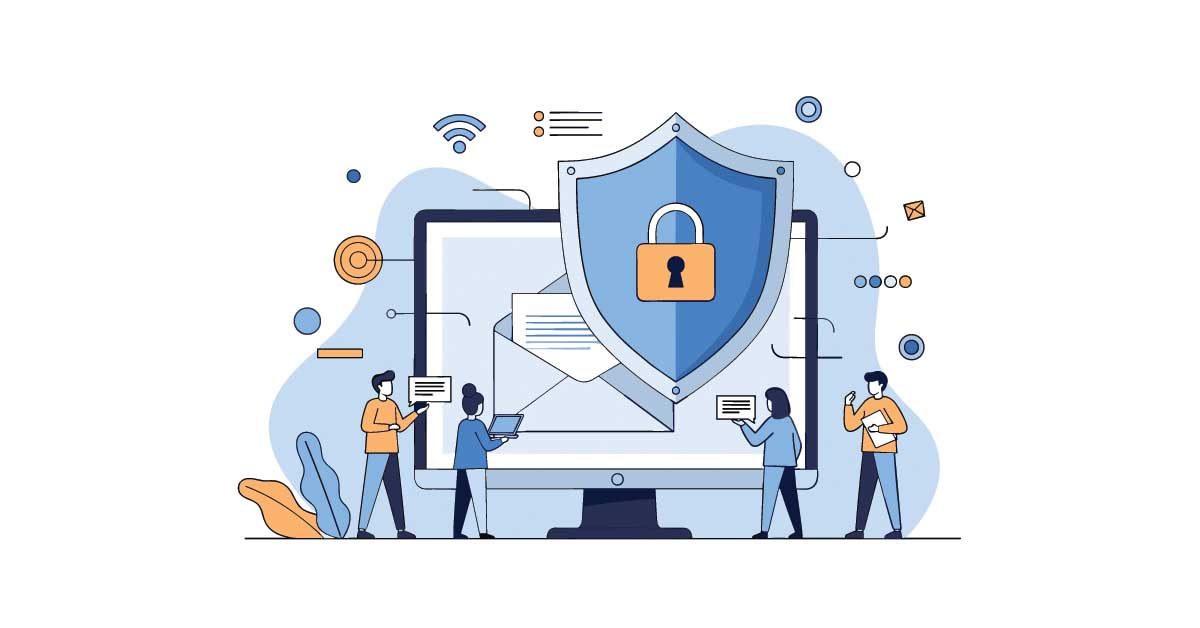Which Cybersecurity Solution Is Best for Your Business?
Cybersecurity changes faster than most other technologies. While your office phone may look the same as it did years ago, security tools evolve constantly to counter phishing, ransomware, and social engineering attacks. Today, attackers even use artificial intelligence and machine learning to scale their efforts, making it critical for defenses to adapt quickly.
If you own or manage a business in Louisville or anywhere in Kentucky, understanding the main cybersecurity models is the first step toward building a strong defense.

Common Cybersecurity Approaches Explained
Here are the most widely used models, explained in simple terms:
EDR — Endpoint Detection and Response
Software installed on computers and servers that monitors activity, detects threats, and helps clean up infections. Best for businesses that want strong endpoint protection.
MDR — Managed Detection and Response
Adds 24/7 monitoring and expert support to detect and respond to threats quickly. Ideal for organizations that need continuous oversight without building an internal security team.
MSSP — Managed Security Service Provider
An outsourced partner that manages security tools, monitors networks, and responds to incidents. Good for businesses that want comprehensive coverage without hiring in-house specialists.
XDR — Extended Detection and Response
Expands protection beyond endpoints to include servers, cloud apps, and email. Uses data correlation to spot sophisticated attacks across multiple systems.
SECaaS — Security as a Service
Security features delivered as a subscription, similar to SaaS. Can include antivirus, identity management, encryption, and intrusion detection.
SIEM — Security Information and Event Management
Collects and analyzes logs from devices and applications to detect suspicious activity. Often used by larger organizations or those with compliance requirements.
SOAR — Security Orchestration, Automation, and Response
Automates and coordinates security processes and incident response across different tools and teams. Typically paired with SIEM for advanced environments.
How to Choose the Right Cybersecurity Model
Every business is different. Here are practical guidelines:
- Small businesses: Start with EDR for endpoint protection and add email security and employee training.
- Growing companies with compliance needs: MDR or XDR provides stronger monitoring and faster response.
- Limited IT resources: MSSP can handle most security tasks, freeing your team for other priorities.
- Larger or complex environments: SIEM and SOAR help manage logs and automate responses.
- Budget-conscious teams: SECaaS offers predictable costs and quick deployment.
Why This Matters for Kentucky Businesses
Cyberattacks can disrupt operations, damage reputations, and lead to costly downtime. Industries like healthcare, finance, manufacturing, and legal services face added compliance requirements, making proactive security essential. Choosing the right model helps protect sensitive data and maintain business continuity.
Need Help Choosing the Right Cybersecurity Approach?
Cybersecurity is complex, and there’s no one-size-fits-all solution. The good news is there’s an approach for every business size and budget. Start by assessing your risks, compliance needs, and internal resources, then select the model that aligns with your goals. Contact Louisville Geek to help make the decision easier. Our team can guide you through options and recommend a solution that fits your business needs.



